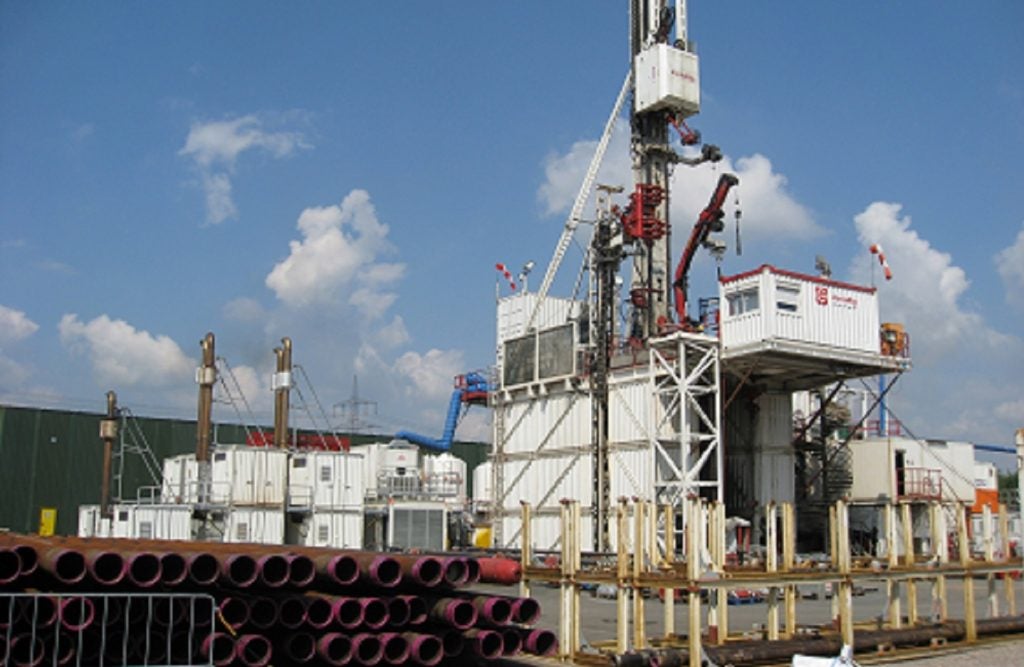The Government of India has increased the windfall tax on petroleum crude from Rs4,240 ($50.97) to Rs7,100 per ton starting 15 August, according to the Finance Ministry of India.
On Monday, the government hiked prices because of a special additional excise duty (SAED) on domestically produced crude petroleum. The SAED on diesel will also be hiked to Rs5.50 from Rs1 per litre.
India imposed windfall profit taxes in July 2022 for crude oil producers and extended the levy on exports of gasoline, diesel and aviation turbine fuel (ATF). At the same time, many countries looked to impose windfall taxes on energy companies as they made record-breaking profits due to disrupted oil and gas supplies from Russia.
However, in March, the Government of India ditched the windfall gains tax on diesel and ATF exports and marginally increased the levy on domestic crude oil, India-based news agency the Indian Express reported.
The government reviews windfall taxes fortnightly based on average oil prices two weeks prior, and last revised them on 1 August. According to a media organisation, the Hindu, there was no SAED imposed on jet fuel prior to this, and the SAED on petrol remains zero.
Reliance Industries, which operates the world’s largest single-location refinery complex in Jamnagar, Gujarat and Nayara Energy, largely owned by Russia’s Rosneft, are the primary exporters of the fuel in the country. The levy on domestic crude oil dropped to nil in the first half of April due to a fall in international crude oil prices, the Hindu said.
The Government of India has also proposed other G20 nations increase taxes and that multinational companies pay the countries where they earn “excess profits”, government officials said.
According to the International Energy Agency (IEA), India will soon overtake China as the largest driver of global oil demand. A recently published IEA report showed the increase in estimates of oil demand growth between 2022 and 2028 will come from Asia, with India surpassing China as the main source of this growth by 2027.
However, IEA chief Fatih Birol said India has become a “major” player in solar energy and has “huge potential” for green hydrogen, and it “should not miss the opportunity to become a superpower in the green hydrogen business”.











